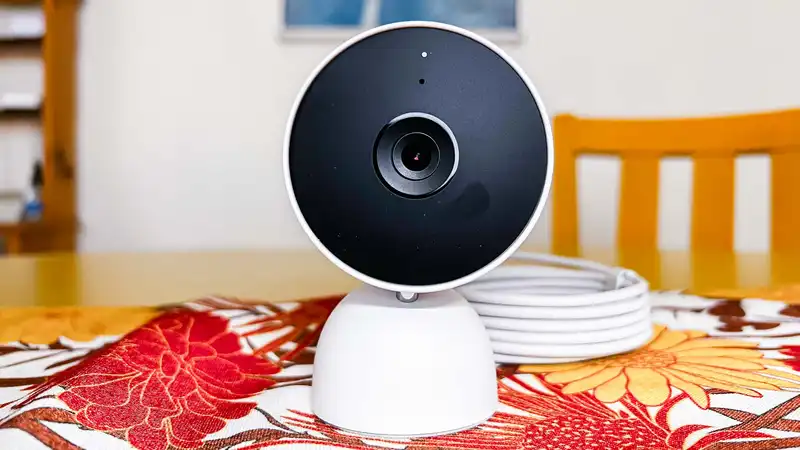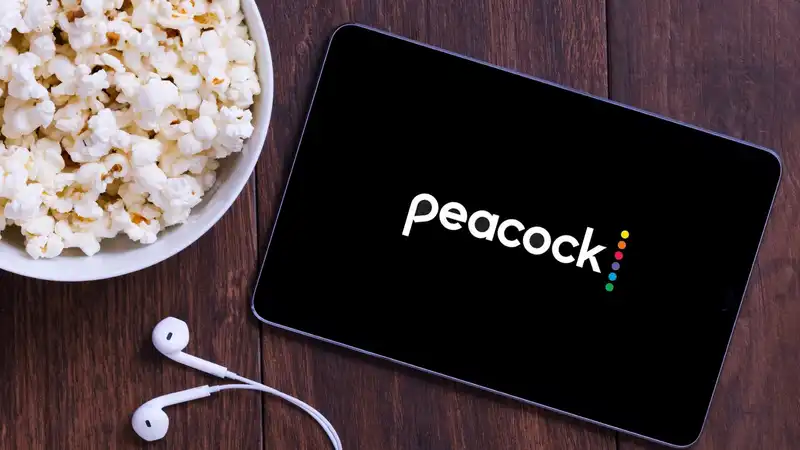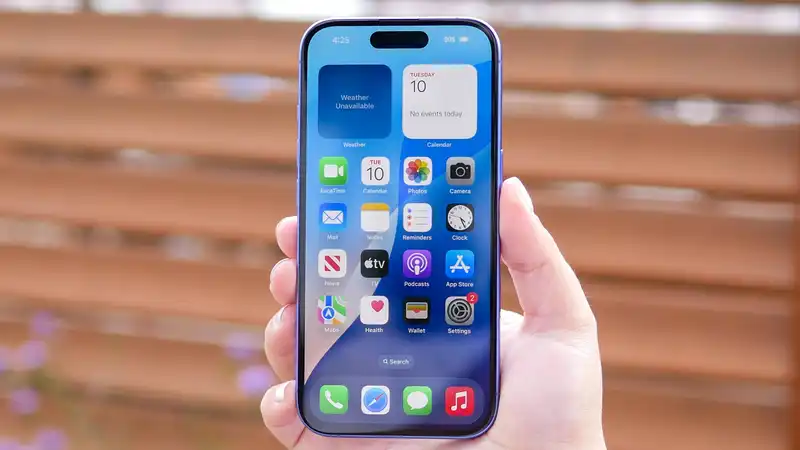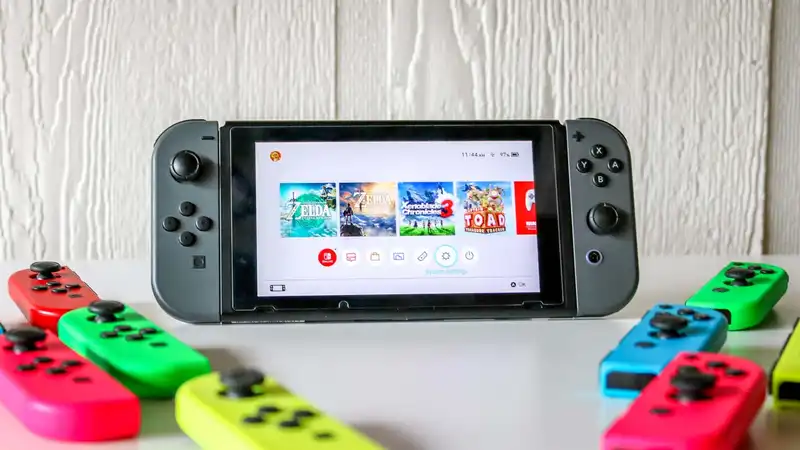The best home security cameras do more than just monitor your home Combined with the best smart home devices, they can make your living space more convenient and secure You can instruct your gadgets to take certain actions when motion is detected, or see your smart home in action live Not only does this provide protection, but it also takes smart home functionality to new heights
The following guide will cover five useful ways to use cameras as triggers for various routines From optimal smart light automation to climate control, see how easy it is to connect your camera to your favorite smart home platform
First of all, you need to make sure that the security camera you purchase is compatible with your existing smart home devices For example, Ring cameras are popular, but their smart home features are tied to the Amazon Alexa ecosystem; Nest cameras are locked to Google; third-party companies like Arlo, Eufy, and Tapo all work with the platform
For the three main platforms (Alexa, HomeKit, and Google Home), simply go to the “Devices” section, press the Add New button (designated by the plus sign), and search for cameras on the same network Alexa may need to find the camera company's app in the “Skills” section to unlock extended features such as voice control Once the camera appears in the list of smart home devices, it can be integrated into the routine
For Alexa and Google smart homes, you will need to go into the “Routines” section and create a blueprint Think of the process of building automation as a simple logic puzzle That is, if something happens (in this case, if a camera detects movement), what do you want to happen in response? With these building blocks, you can trigger actions from all sorts of other smart home devices
HomeKit users follow much the same procedure, just go to the “Automation” tab, create a new one, select when a sensor detects something as a trigger, and select an action as a response Here are some ideas and setup instructions
For some cameras that support package detection, the feature can be used as a smart home trigger For example, the Ring doorbell can be used in the Alexa app to initiate a routine with the “when package is detected” option This would alert you the moment a package arrives at your door, so you can play a sound on your smart speaker, flash the light a certain color, or receive a basic notification on your phone My colleague Anthony did something similar (though without the camera) when he smartened up his mailbox earlier this year
With person detection, smart speakers can be automated to play an announcement when someone approaches the house from a particular camera, such as the front door or backyard In this way, it can predict where visitors will be coming from
A routine can be created to turn on nearby smart sprinklers when outdoor cameras detect movement after business hours If a sprinkler system does not reach a desired area (or is not connected to the Internet), a smart hose faucet and sprinkler head attachment, such as the Rachio Smart Hose Timer, can be simply combined with an existing hose and turned into a defensive system It can be done
I use the Rachio on the faucet on the right side of my back door Since this device relies on Amazon's skills, I had to create an automation with custom action buttons in Alexa When someone approaches the door between midnight and 7 AM, the camera detects it and sends the command, “Alexa, ask Rachio to start zone 1 for 3 minutes” During the day, when someone approaches a window, the camera can take things further by telling the smart blinds to close
Arrive home after dark No problem Smart lights at outdoor and indoor entrances can be automatically turned on when you get home late If motion is detected in places it shouldn't be after hours, the smart speaker can be set to sound an alert and send a notification to your cell phone Of course, these are just the basics, and a DIY home security system can be built
Use cameras to detect occupants and adjust the temperature of the home based on whether they are home or away For example, a smart thermostat could be set to energy-saving mode if no motion is detected for a certain period of time Then, when motion is detected, it can automatically activate rather than setting a schedule in advance
If the best dehumidifiers and air purifiers are connected to the smart plug, the camera can talk to these appliances as well For example, they can be turned on when you are in a particular space and turned off when you leave Some of the newer smart dehumidifiers and air purifiers can connect directly to Alexa or Google Assistant, which can eliminate this step
Once the camera detects motion (or if it does not for a period of time), the smart plug can be turned on or off I use this with a Tapo smart plug and a C120 camera to turn on my living room lamp and TV when I walk in the back door at night and am greeted by a relaxing scene in Roc City This camera and smart plug combo is especially useful in basements, where it is easy to forget to turn off lights, TVs, and air conditioning
Integrating security cameras with other smart home devices can create a more responsive and intelligent home; with companies like Google and Wyze supporting advanced features like facial recognition, it would not be surprising if a future in which AI takes action for specific housemates I wouldn't be For example, it would be useful if a camera recognized you and your family as you approached the front door and automatically unlocked your smart lock Still, today's automation is far from basic, with the ability to kick off useful tasks










Comments